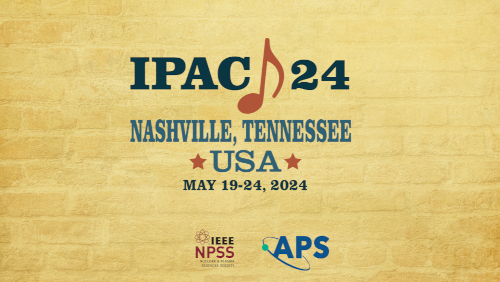Speaker
Description
A novel tuning approach, Model Coupled Accelerator Tuning (MCAT), has been applied to the separated function DTL at TRIUMF's Isotope Separator and Accelerator (ISAC). A digital twin of the rare-isotope postaccelerator is used for transverse and longitudinal tune optimizations, which are then loaded directly into the control system. Beam-based testing produced accelerated beam with a 0.26% error in output energy, with a 1.6% energy spread. This method significantly reduces the operational complexity of tuning interventions, rendering them more efficient. An analysis of the high energy beam lines (HEBT) is also presented, including analysis of dispersive couplings in certain sections of the beamline. A mitigation strategy involving buncher cavities is discussed.
Funding Agency
National Research Council Canada (NRC)
| Region represented | North America |
|---|---|
| Paper preparation format | LaTeX |

